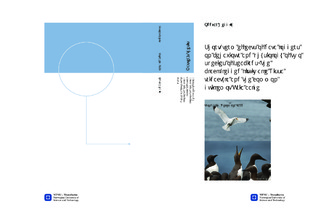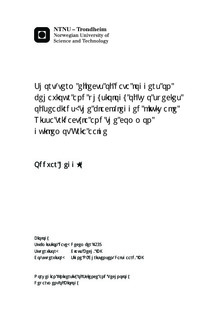| dc.description.abstract | New technology, such as loggers and transmitters, has the last three decades become an important part of the research on free-living animals. Loggers are very useful in seabird studies. Seabirds often travel considerable distances at sea where visual observation is difficult, and are frequently used as indicators of the state of marine ecosystems. The potential negative effects of devices on birds have received some attention, but few studies have investigated the physiological effects of instrument attachment.In the present study, effects of GPS-and TDR-loggers on black-legged kittiwakes Rissa tridactyla and common guillemots Uria aalge were investigated by looking at behavioral and physiological parameters of stress, including nest attendance, plasma levels of the avian stress hormone corticosterone (CORT), relative leucocyte counts, body mass and reproductive success. Equipped groups were compared to control groups for all parameters measured. Effects of placement were investigated in a pilot study on common and Brünnich s guillemots Uria lomvia.Equipped kittiwakes had elevated levels of CORT at recapture and extended the duration of feeding trips compared to controls. Kittiwakes with poor body condition attended nests less than controls, and this pattern was more evident among equipped birds. Equipped common guillemots decreased their body mass more than controls during the experimental period. However, both groups of common guillemots showed elevated levels of CORT and a decline in body mass at recapture, suggesting effects of handling. In the pilot study, all guillemots with loggers mounted on the mantle showed signs of discomfort. Only mild discomfort was observed among guillemots with loggers on the rump. Differences in physique and general biology are suggested as possible explanations for the differences between the species in the present study. Placement and method of attachment of loggers seem also to be important aspects related to the level of observed effects.The study underlines the need to take device effects, as well as handling effects, into consideration when deploying devices on seabirds. This is also important for species with low wing loads, such as the black-legged kittiwake. Potentially, effects may become more pronounced in birds with low body condition or in years where food is limited. Device effects should be considered for ethical and conservational reasons, but also in order to assure the quality of the obtained data. | nb_NO |

